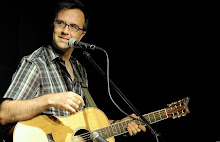Listening today to Roger Miller's "I'm A Nut," I noticed that the guitarist's low E string was tuned down to A for a floppy "baritone" effect.
I remember this effect being used on Dwight Yoakam's "Little Ways" (which is itself a Buck Owens throwback) in the late eighties:
So I set to work getting my sixth string down to a floppy A. A nice thing about this extreme downtuned effect is that barre chords are still very easy to grab if the rest of the guitar is in standard tuning - just play "A form" chords, extending the barre finger down to the sixth string, and everything is just all right. Like so:
oo|||o
||||||
||ooo|
||||||
And then the fun begins. For consistency of effect in single-note runs, you have to play everything up and down the one string - jumping to one of the other strings is too jarring a timbral difference. The downtuned string has a deep, slowed-down tone and a slight pitch wobble, especially if picked hard. This is what distinguishes the "A" downtune from a baritone guitar, which is at at the same lower range, but sounds "tighter." I wonder if this tuning is in Mark Hanson's alternate tunings book
It's my sense that this trick is not widely used these days. The alternate tunings wiki lists several tunings that go down that low, but what makes this tuning more interesting is the disparity in pitch between the rest of the strings that are tuned in standard and the one floppy low string. Am I incorrect about this? A G












No comments:
Post a Comment